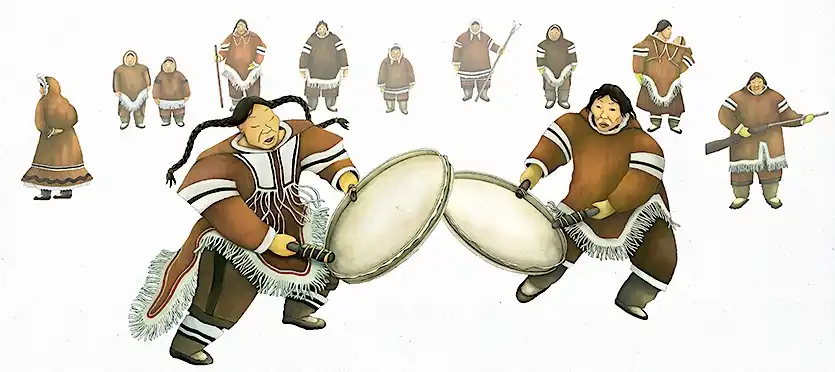
Nunavut Culture
Nunavut is the homeland of the Inuit people, who have lived in the region for – thousands of years. Culture in Nunavut is an incredibly diverse mix of traditional Inuit and modern influences. The Inuit have developed a unique culture and way of life, shaped by their environment, language, beliefs, and customs.
Traditional Inuit culture is based on a deep respect for the land, wildlife, and environment. This includes hunting, fishing, and gathering, and living in harmony with nature. Traditional Inuit art forms such as soapstone carving, printmaking, and drum dancing are still very much alive in Nunavut.
Modern culture in Nunavut is a mix of both traditional and contemporary influences. Music, art, and storytelling are still a very important part of life in Nunavut. The Inuit people have a long and vibrant oral history, and storytelling is still used to pass on knowledge and traditions.
Language is also an important part of Nunavut culture. There are two official languages in Nunavut, Inuktitut and English. Inuktitut is the language of the Inuit people, and it is widely spoken throughout the territory….
Nunavut is also home to a variety of Cultural Events. The Nunavut Arts Festival is held on – every year in Iqaluit, the capital of Nunavut. The festival celebrates music, art, and culture from across the territory. The Toonik Tyme Festival is held in Iqaluit every April and celebrates the Inuit culture and traditions. The Alianait Arts Festival is also held every summer in Iqaluit and celebrates traditional and contemporary Inuit culture.
Nunavut culture is a unique blend of traditional and modern influences. It is a vibrant and dynamic culture that celebrates the Inuit heritage, language, and traditions.







